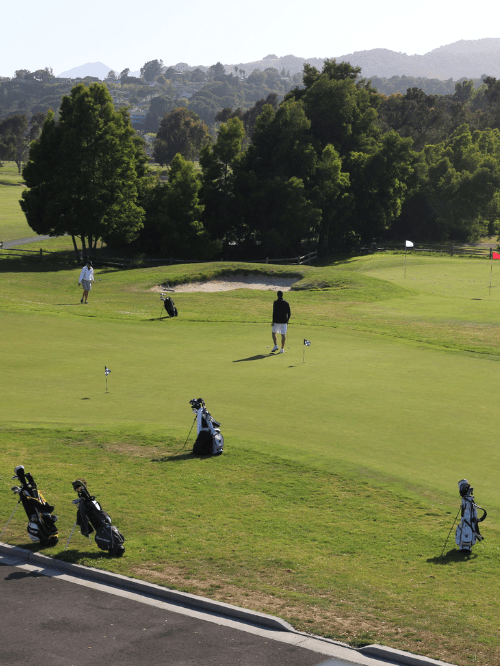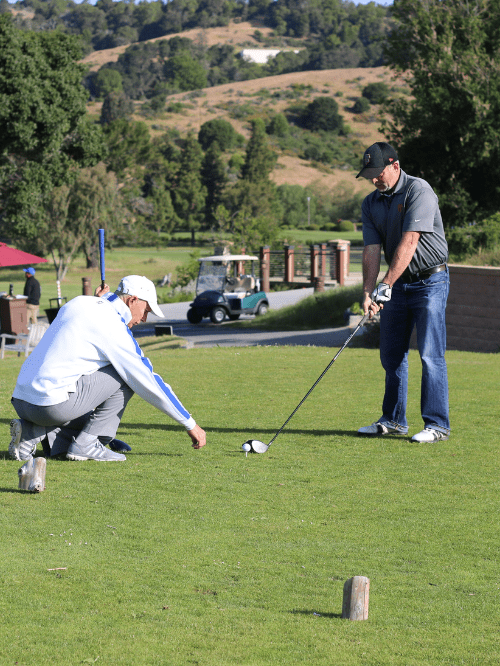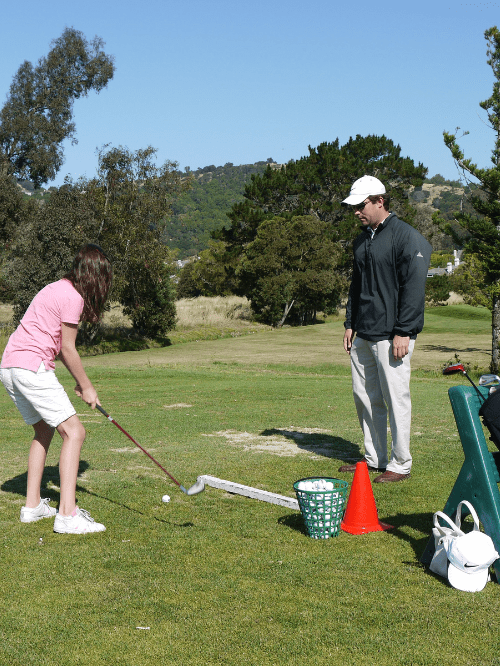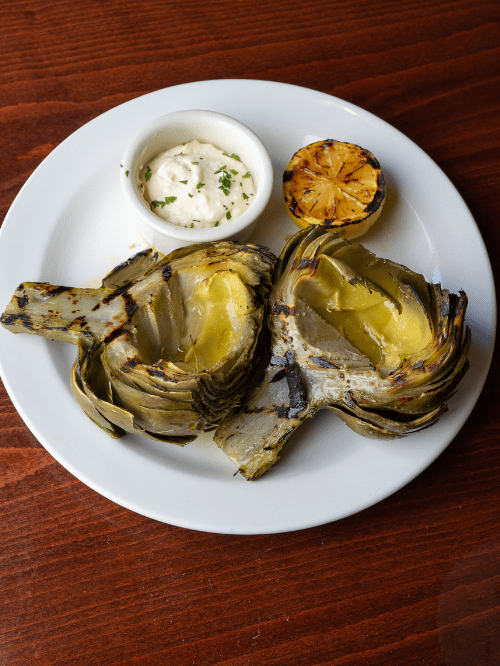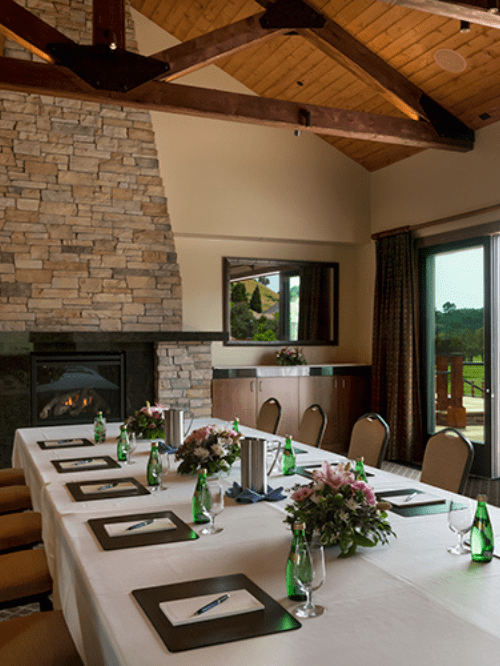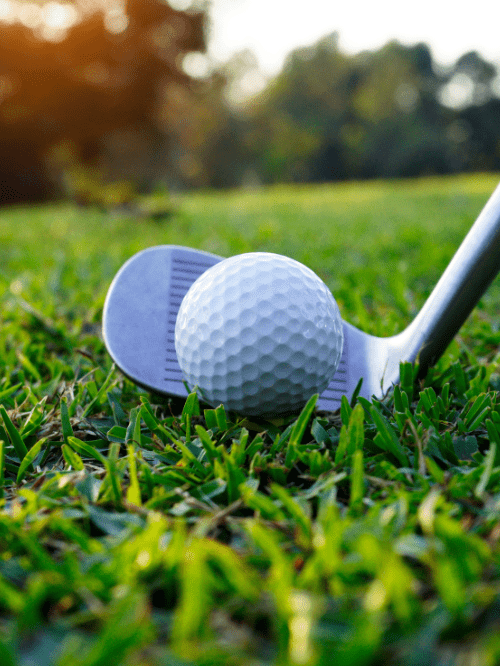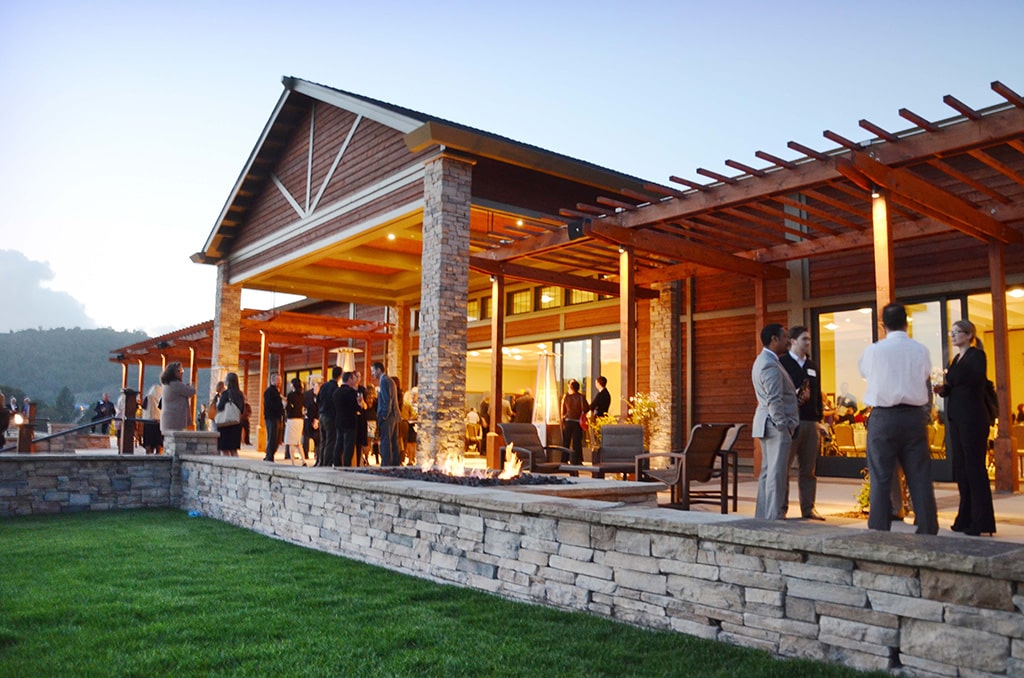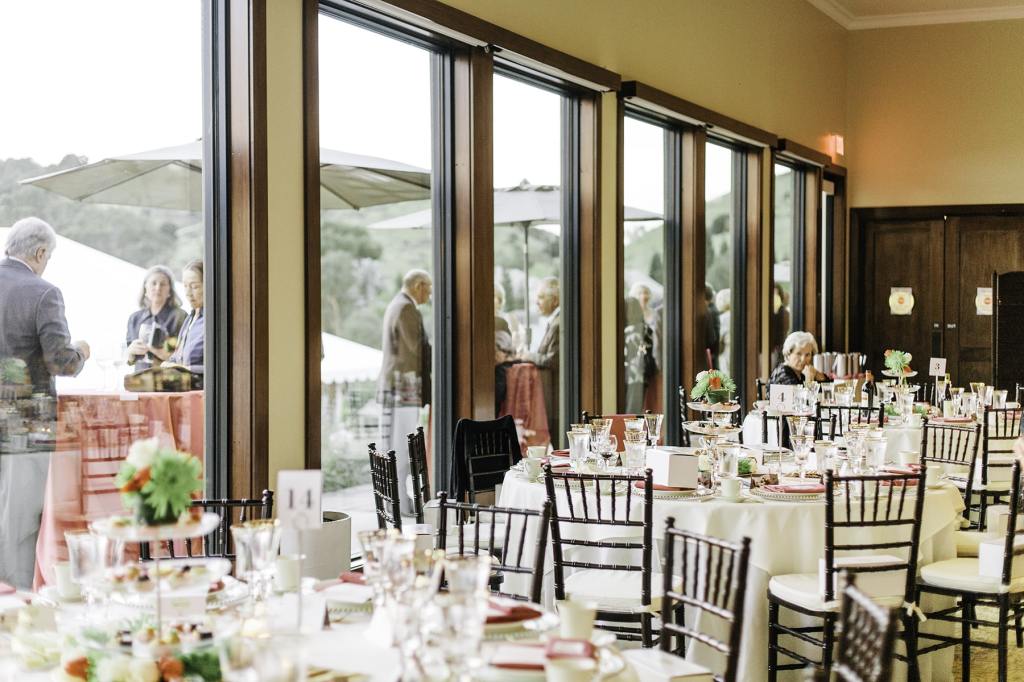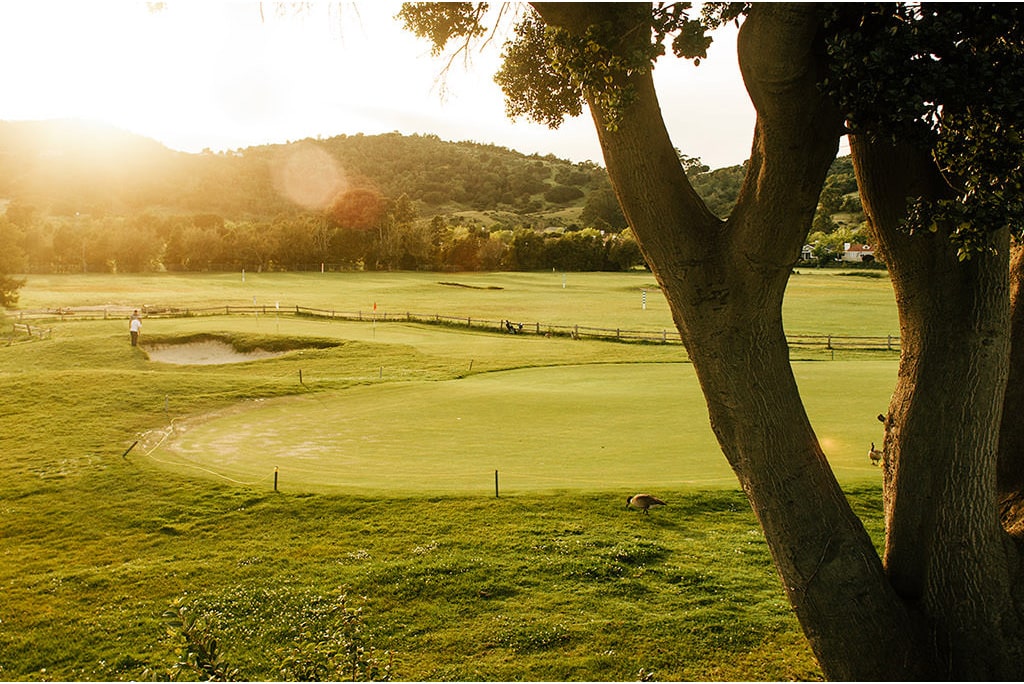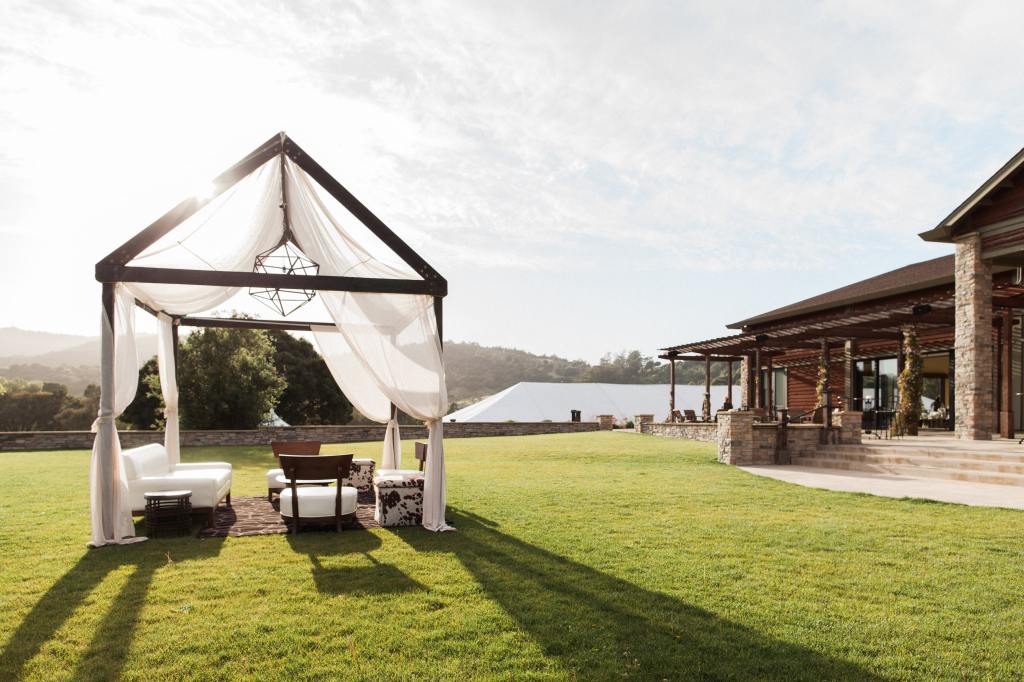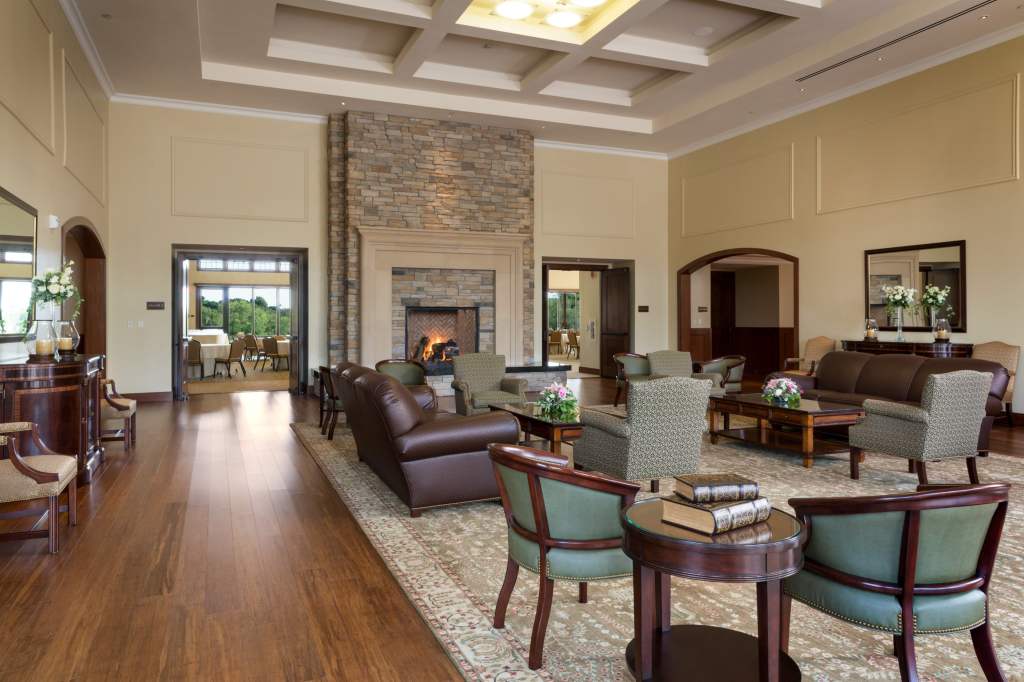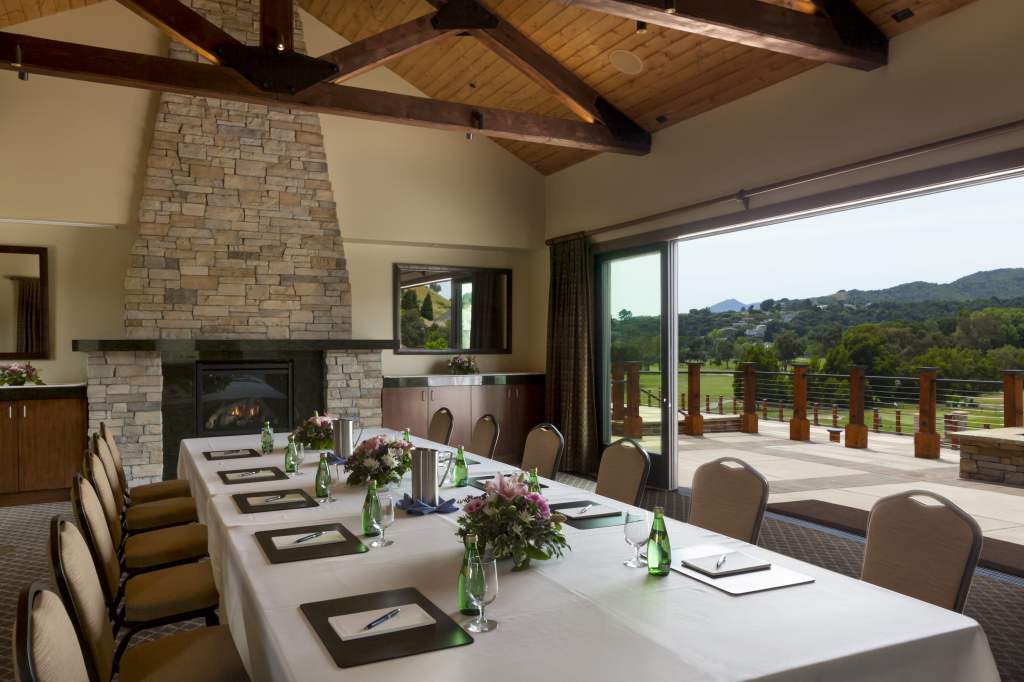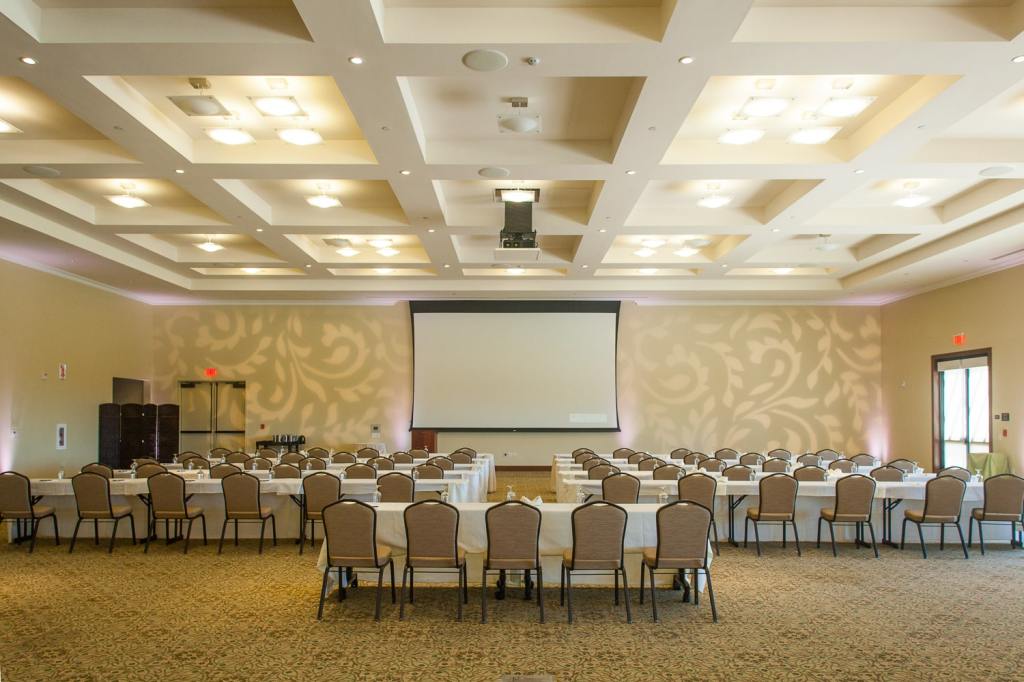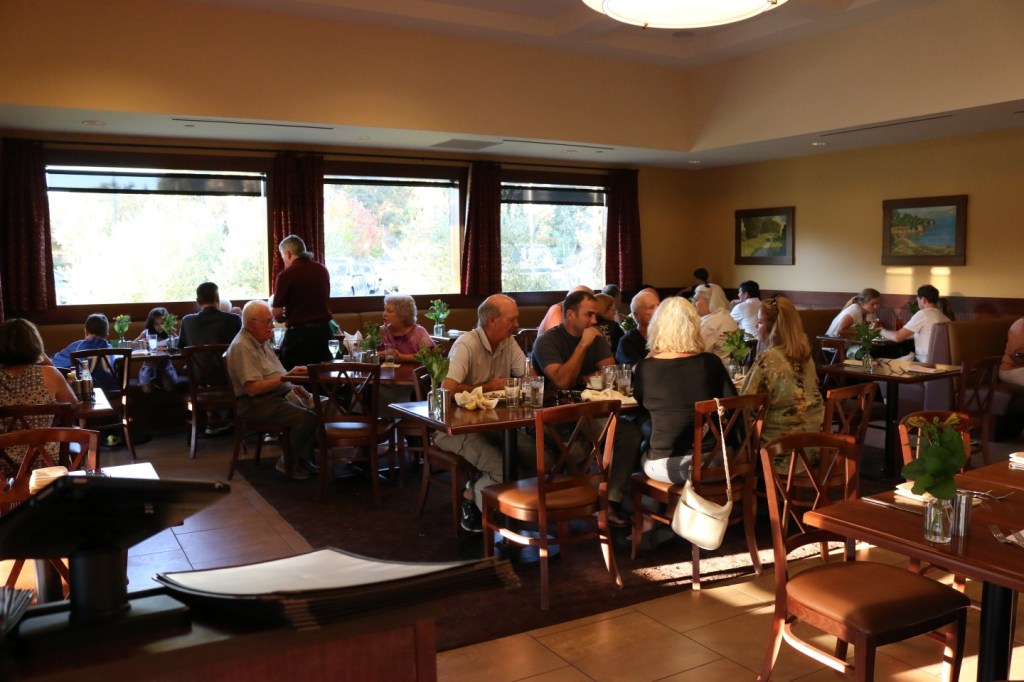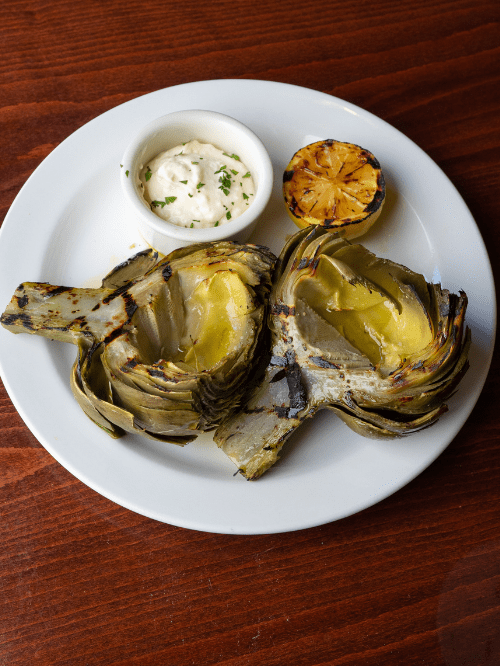Peacock Gap Golf Club
Marin County’s Only Complete Golf Experience
Rated “Best of the County” by Marin Magazine and located in San Rafael, 25 miles north of San Francisco in the heart of Marin County, Peacock Gap Golf Club has been a pillar of the golf community for decades.
The championship level course cultivates a true love for the game with year-round golf tournaments and a full calendar of events that unfold in an unparalleled setting. Enjoy gorgeous views of Marin County while playing, dining, or celebrating at one of Northern California’s best heritage courses.
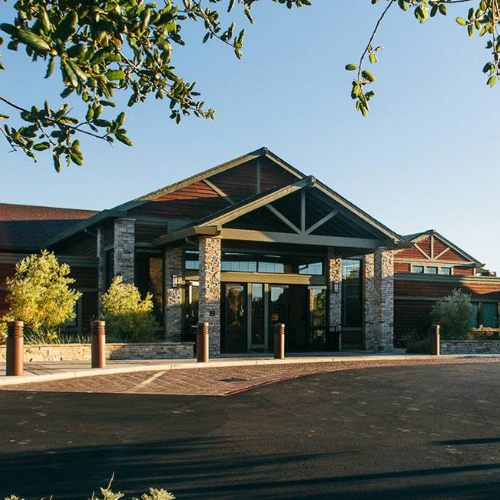

All-Grass Driving Range
Hitting the perfect shot is magic. It’s why you play. But whether it’s from the tee, the rough or the sand, the fundamentals of a great swing all have one thing in common—hours of practice.
Practice like you play on Marin County’s only 100% natural all-grass driving range, rigorously maintained practice greens, and chipping area. Ditch the plastic mat. Every shot from our all-grass range simulates real play on a championship course. Make every shot count—even if you just have time for a quick bucket of balls on your lunch break.
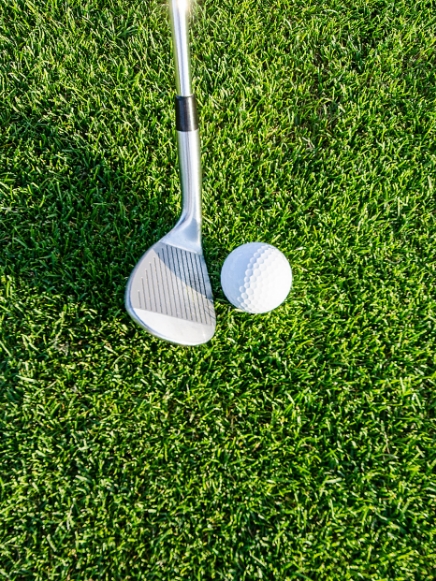
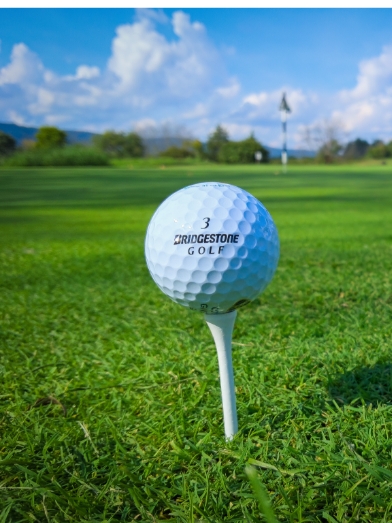


Golf Lessons
Everyone’s game plateaus from time to time. When that happens, even the best practice facility can’t snap you out of it. Don’t reinforce bad habits; direct that energy toward good habits instead. Work with our outstanding team of PGA and LPGA professionals to take your game to the next level or discover the joy of golf for the very first time.
Your Event, Our Venue:
Let’s Make Magic Together
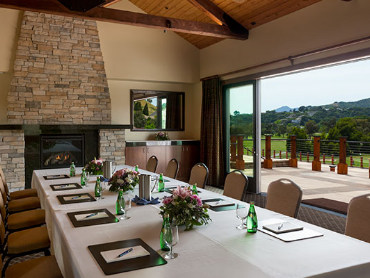
Business Meetings
Host a business meeting that gets results at The Clubhouse at Peacock Gap.
Learn Moreright-arrow

Wedding Venue
Create your unique vision for the perfect day at The Clubhouse at Peacock Gap.
Explore Venueright-arrow

Social Event Venue
Delight your guests and celebrate in style at The Clubhouse at Peacock Gap.
Take A Tourright-arrow


Full Service Restaurant
Enjoy RangeCafe’s fresh dishes crafted with local, seasonal and naturally raised ingredients. Dine in with your family, watch the game in our bar and lounge, or take in the beautiful sunset around the fireplace on our outdoor patio.
Locations & Hours
Peacock Gap
333 Biscayne Drive,
San Rafael, CA 99901
Opening Hours
Monday – Sunday
6:00 am – 5:30 pm
Phone
(415) 453-4940
info@peacockgapgolfclub.com






